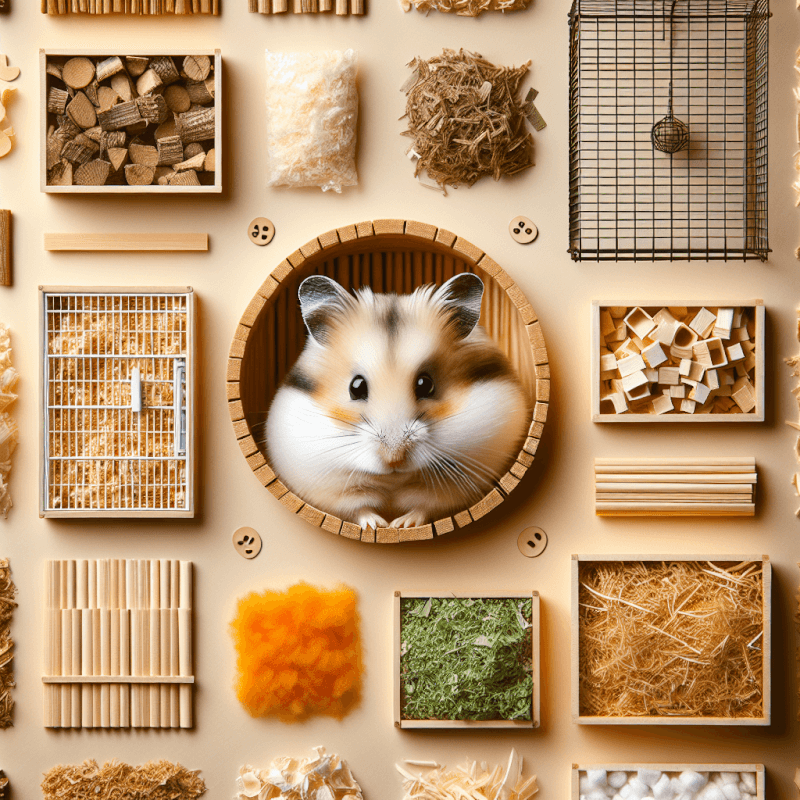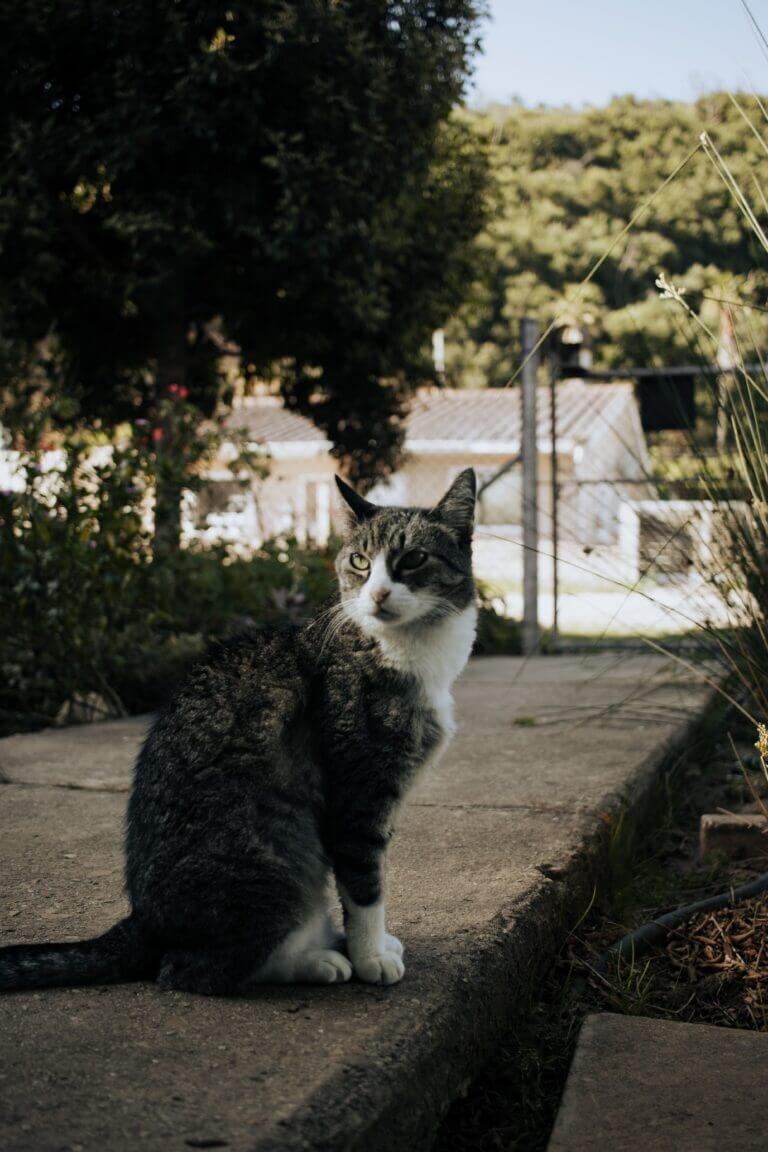If you’re a proud owner of a hamster and want to provide the utmost comfort and hygiene in their cage, choosing the perfect bedding is crucial. With countless options available in pet stores, it can be overwhelming to determine what’s best for your furry friend. From the softness of fleece to the absorbency of paper bedding, this article will explore the different types of bedding for hamster cages, their pros and cons, and help you make an informed decision to ensure your hamster’s happiness and well-being.
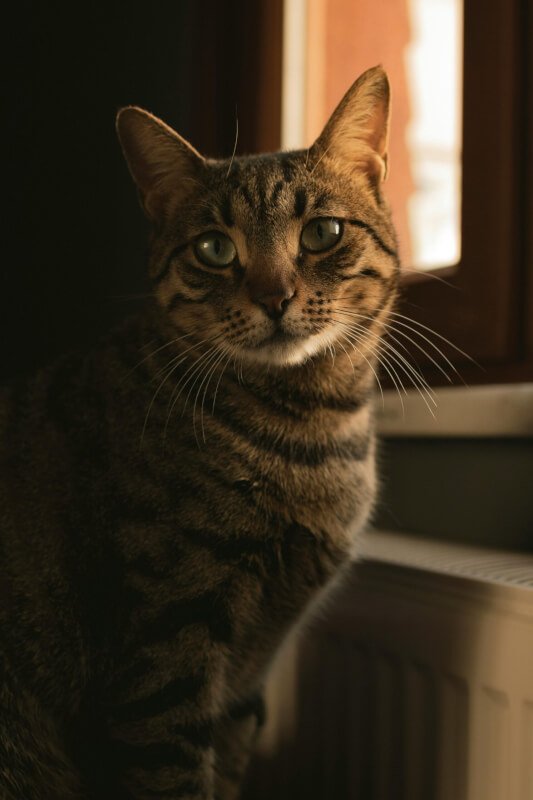
Natural Bedding Options
When it comes to choosing bedding for your hamster’s cage, natural options are often a popular choice. These options offer a more environmentally friendly and natural alternative to synthetic bedding materials. Here are a few natural bedding options to consider:
Ready for Cat Trivia?
Test your knowledge about cats!

Wood Shavings
Wood shavings, such as pine or aspen shavings, are a popular choice for hamster bedding. They provide a soft and comfortable surface for your furry friend to burrow and nest in. However, it is important to note that cedar shavings should be avoided as they can be harmful to hamsters’ respiratory systems.
Aspen Bedding
Aspen bedding is another natural option that is highly recommended for hamsters. It is soft, absorbent, and dust-free, making it a safe and comfortable choice for your pet. Aspen bedding also has natural odor control properties, keeping your hamster’s cage smelling fresh.
Paper Bedding
Paper bedding, made from shredded paper or recycled paper, is another natural and eco-friendly option. It is soft, absorbent, and virtually dust-free, making it an excellent choice for hamsters. Paper bedding is also easy to clean and replace, allowing for quick and convenient cage maintenance.
Straw
Straw is a natural bedding option that can provide comfort and warmth to your hamster’s cage. It is soft and can be useful for burrowing and nesting. However, it is important to monitor your hamster for any signs of allergies or irritation when using straw bedding.
Hay
Hay is commonly used as a dietary supplement for hamsters, but it can also be used as bedding material. It is soft, comfortable, and provides a natural and comforting scent for your hamster. However, hay bedding may not be as absorbent as other options, so frequent cleaning may be necessary.
Soft and Absorbent Options
If you are looking for bedding options that are both soft and highly absorbent, there are a few options to consider. These bedding materials can provide your hamster with a comfortable and cozy environment:
Fleece Liners
Fleece liners are a popular choice among hamster owners due to their softness and absorbency. They are easy to clean and can be reused multiple times, making them a cost-effective option. Fleece liners are also available in various colors and designs, allowing you to customize your hamster’s cage.
Cloth Bedding
Cloth bedding, such as cotton or flannel bedding, is another soft and absorbent option for your hamster’s cage. It provides a cozy and comfortable surface for your pet to rest and play on. Cloth bedding is also easy to wash and maintain, making it a convenient choice for hamster owners.
Cotton Bedding
Cotton bedding is a popular choice as it is soft, comfortable, and highly absorbent. It provides a cozy and warm environment for your hamster, allowing them to burrow and nest comfortably. Cotton bedding is also available in various colors and patterns, adding a touch of style to your hamster’s cage.
Paper Pellet Bedding
Paper pellet bedding is made from compressed paper fibers and offers excellent absorbency and odor control. It is dust-free and provides a soft and comfortable surface for your hamster. Paper pellet bedding is also easy to clean, as soiled pellets can be scooped out and replaced with fresh ones.
Kapok Fiber
Kapok fiber bedding is derived from the Kapok tree and is known for its softness and natural insulation properties. It provides a cozy and warm surface for your hamster to rest on. Kapok fiber bedding is also hypoallergenic and free from dust, making it a suitable option for hamsters with allergies or respiratory sensitivities.
Specialty Bedding Options
If you are looking for unique and specialized bedding options for your hamster, there are several choices available. These options offer specific benefits and can enhance your hamster’s living environment:
Coconut Fiber
Coconut fiber bedding, also known as coir bedding, is made from the fibrous material found in coconut husks. It is highly absorbent and provides a natural, tropical environment for your hamster. Coconut fiber bedding is also odorless and dust-free, making it a healthy choice for your pet.
Corn Cob Granules
Corn cob granules are a natural bedding option made from the dried and ground-up kernels of corn cobs. They provide a soft and comfortable surface for your hamster to burrow and play on. Corn cob granules are also highly absorbent and offer excellent odor control properties.
Recycled Paper
Recycled paper bedding is an eco-friendly option that is made from shredded and processed paper products. It is soft, absorbent, and virtually dust-free, making it a safe and comfortable choice for your hamster. Recycled paper bedding is also biodegradable, making it a sustainable option for your pet.
Herb-Infused Bedding
Herb-infused bedding is treated with natural herbs, such as lavender or chamomile, to provide a soothing and calming environment for your hamster. These herbs have relaxing properties and can help reduce stress and anxiety in your pet. Herb-infused bedding also offers a pleasant scent, keeping your hamster’s cage fresh.
Beech Chips
Beech chips are a popular bedding option known for their absorbency and odor control properties. They provide a soft and comfortable surface for your hamster to nest and play on. Beech chips are also dust-free and hypoallergenic, making them a suitable choice for hamsters with respiratory sensitivities.
Bedding to Avoid
While there are many suitable bedding options for hamsters, there are also a few types of bedding that should be avoided due to their potential harm to your pet’s health:
Cedar and Pine Shavings
Cedar and pine shavings should be avoided as bedding material for hamsters. These types of wood contain aromatic oils that can be harmful to hamsters’ respiratory systems and liver. The oils can cause respiratory issues, including allergies and breathing difficulties.
Cat Litter
Cat litter is not an appropriate bedding option for hamsters. It often contains clumping agents or chemicals that can be hazardous if ingested. Additionally, the granules can be uncomfortable for your hamster’s sensitive feet, potentially leading to injuries.
Newspaper
Newspaper, while readily available, is not recommended as bedding material for hamsters. It does not provide the necessary absorbency and can become messy when wet. Newspaper ink can also be toxic to hamsters if ingested.
Clay-Based Bedding
Clay-based bedding, such as clay cat litter, should be avoided for hamsters. It can be harmful if ingested and can cause digestive issues. Clay-based bedding is also not absorbent enough for hamsters’ needs.
Silica Gel Crystals
Silica gel crystals, often used as a moisture-absorbing agent, should not be used as bedding for hamsters. They can be harmful if ingested and can cause respiratory issues. Silica gel crystals are also not suitable for burrowing or nesting.
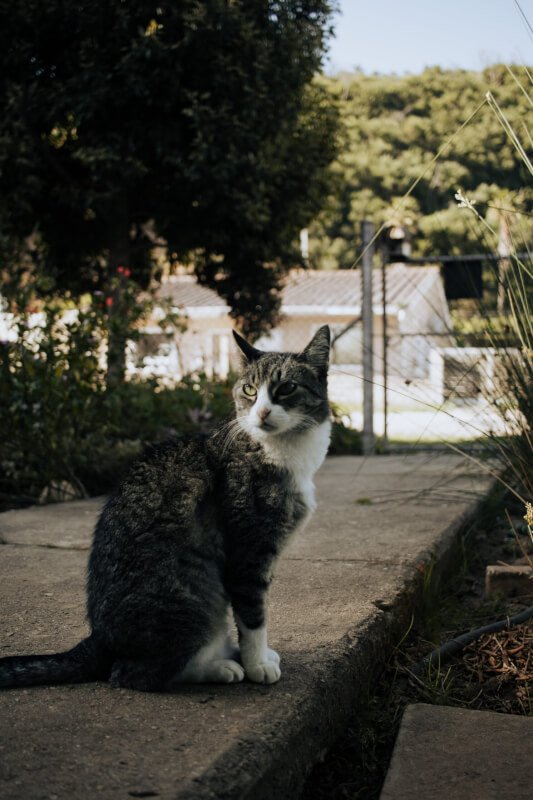
Considerations When Choosing Bedding
When selecting bedding for your hamster’s cage, it is important to consider several factors to ensure the health and comfort of your pet:
Absorbency
One of the most crucial factors to consider when choosing bedding is its absorbency. Hamsters have a natural tendency to urinate frequently, so a bedding material that can effectively absorb and control moisture is essential. Look for options that are highly absorbent to maintain a clean and odor-free environment for your hamster.
Odor Control
Hamsters can produce a noticeable odor, and proper bedding can help minimize and control any unpleasant smells. Choose bedding materials that have natural odor control properties or are specifically designed to neutralize odors. This will help keep your hamster’s cage smelling fresh and clean.
Dust Levels
Dust can be harmful to hamsters’ respiratory systems, so it is important to choose bedding that is low in dust. Dust-free options are available and are generally a safer choice for your pet. Monitoring the dust levels in your hamster’s cage and regularly cleaning the bedding can help ensure a healthy living environment.
Comfort
Hamsters spend a significant amount of time in their bedding, so it is important to provide them with a comfortable surface to rest and play on. Look for bedding materials that are soft, cozy, and suitable for burrowing. Providing your hamster with a comfortable environment can contribute to their overall well-being.
Digestibility
Some bedding materials, such as hay or certain fibers, are digestible and can be safely consumed by hamsters. This can be beneficial for their gastrointestinal health, as it can help promote healthy digestion. If you choose digestible bedding, ensure that it is free from pesticides or harmful substances.
Bedding Brands and Products
If you’re not sure where to start when it comes to choosing bedding for your hamster, here are some reputable brands and products to consider:
Carefresh Bedding
Carefresh Bedding is a well-known and widely used bedding brand for small animals, including hamsters. Their bedding options are soft, absorbent, and odor-controlling, providing a comfortable living environment for your pet. Carefresh Bedding is available in various colors and can add a pop of vibrancy to your hamster’s cage.
Kaytee Clean & Cozy Bedding
Kaytee Clean & Cozy Bedding is another popular choice among hamster owners. It is soft, fluffy, and highly absorbent, effectively controlling odors in your hamster’s cage. Kaytee Clean & Cozy Bedding is available in an assortment of colors and sizes, allowing you to choose the best fit for your pet’s needs.
Oxbow Pure Comfort Bedding
Oxbow Pure Comfort Bedding offers a natural and comfortable bedding option for hamsters. It is made from pure, never-printed paper to ensure safety and hygiene. Oxbow Pure Comfort Bedding is highly absorbent and controls odors without the use of harsh chemicals.
Small Pet Select Natural Paper Bedding
Small Pet Select Natural Paper Bedding is an eco-friendly and non-toxic bedding option for hamsters. It is made from unbleached paper, providing a safe and comfortable environment for your pet. Small Pet Select Natural Paper Bedding is highly absorbent, dust-free, and easy to clean.
Living World Wood Aspen Shavings
Living World Wood Aspen Shavings is a reliable bedding option for hamsters. It is made from natural aspen wood, providing a soft and cozy surface. Living World Wood Aspen Shavings are highly absorbent and control odors effectively, ensuring the cleanliness and comfort of your hamster’s cage.
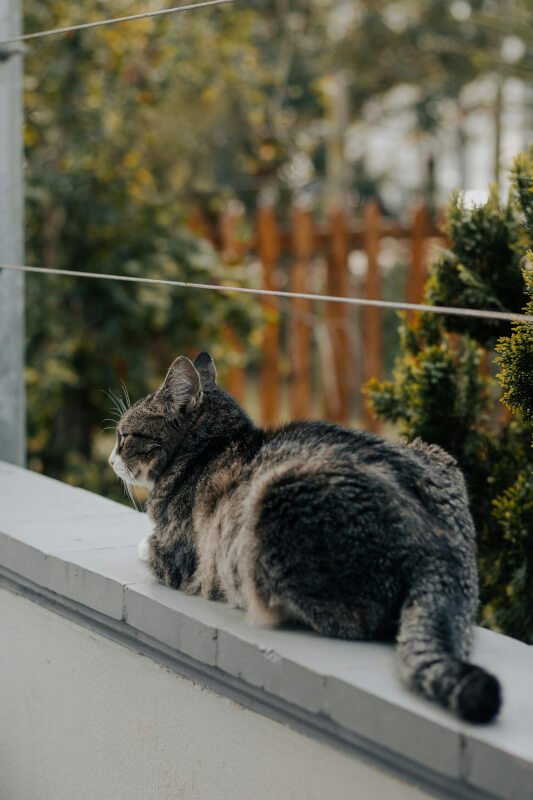
Tips for Bedding Maintenance
Maintaining clean and hygienic bedding is essential for your hamster’s health and well-being. Here are some tips for proper bedding maintenance:
Spot Cleaning
Spot cleaning involves removing any soiled or wet bedding on a daily basis. Use a small scoop or tongs to remove the soiled bedding and replace it with fresh bedding. Spot cleaning helps maintain a clean and odor-free living environment for your hamster.
Regular Full Cleanings
In addition to spot cleaning, regular full cleanings of the cage and bedding are necessary. This involves removing your hamster from the cage and emptying all the bedding. Thoroughly clean the cage, including accessories, with a mild pet-safe detergent. Allow the cage to dry completely before adding fresh bedding and returning your hamster.
Monitoring Moisture Levels
Hamsters are prone to urine-related health issues, so it is important to monitor the moisture levels in their bedding. If the bedding becomes consistently wet or damp, it can lead to bacterial growth and unpleasant odors. Replace any wet or soiled bedding immediately to maintain a dry and clean environment.
Adding Fresh Bedding Gradually
When replacing bedding or adding fresh bedding to your hamster’s cage, do so gradually. Sudden changes in bedding can be stressful for your pet, so introduce new bedding slowly. Mix a small amount of fresh bedding with the existing bedding to allow your hamster to adjust gradually.
Avoiding Overcrowded Bedding
While it may be tempting to provide your hamster with a thick layer of bedding, it is important to avoid overcrowding. Hamsters need space to burrow and dig, so allowing them enough room is crucial for their natural behavior. A shallow layer of bedding, typically around 1-2 inches, is sufficient for most hamster breeds.
Bedding Alternatives
Although paper-based bedding materials are commonly used for hamsters, there are some alternatives worth considering:
Non-Paper Based Substrates
If you want to explore non-paper based bedding options, there are a few alternatives available. Some examples include coconut husk fiber, hemp bedding, or even small animal-specific soil. These options can provide a different texture and environment for your hamster, enriching their cage and promoting natural behaviors.
DIY Bedding
If you prefer a more hands-on approach, you can create your own hamster bedding. Homemade bedding options can include shredded unscented paper, torn-up paper towels, or even torn-up cardboard. However, it is essential to ensure that any materials used are safe, non-toxic, and free of ink or chemicals.
Kitchen and Bathroom Paper Towels
In a pinch, you can use kitchen or bathroom paper towels as bedding for your hamster. They are absorbent and relatively dust-free, providing a temporary solution until you can acquire proper bedding. However, it is important to remember that paper towels may not provide the same level of comfort or burrowing opportunities as traditional bedding materials.
Tear-Apart Tissues
Tear-apart tissues, such as facial tissues or unscented tissues, can also serve as a temporary bedding option. They are soft, absorbent, and safe for your hamster. Tear-apart tissues can be spread on the cage floor or shredded for nesting material.
Shredded Cardboard
Shredded cardboard can be used as bedding material for your hamster. It provides a soft and comfortable surface for your pet to burrow in. Ensure that the cardboard used is free from any adhesives, inks, or chemicals that could be harmful to your hamster.
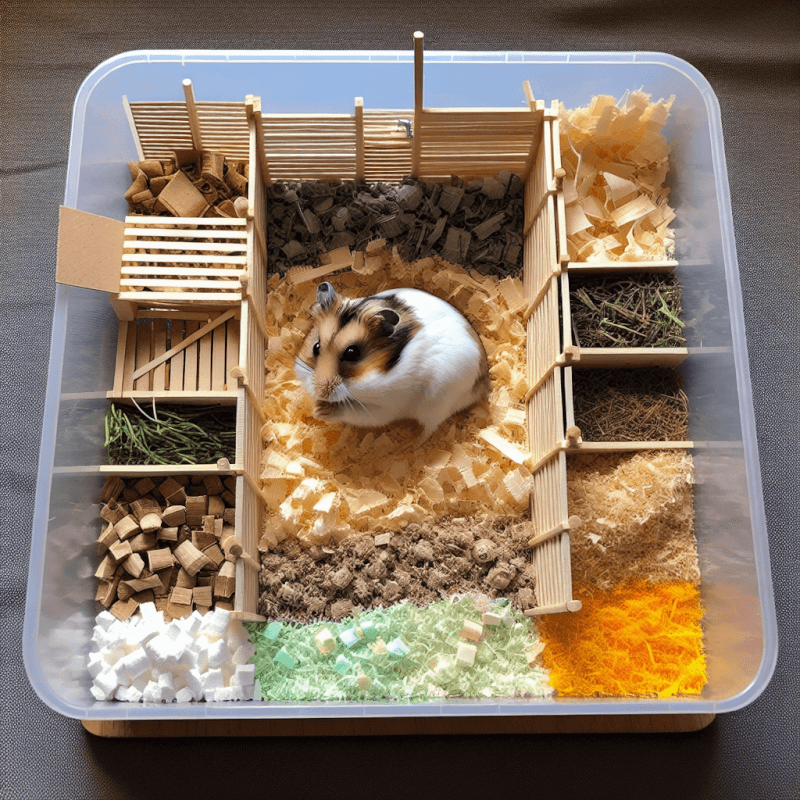
Understanding Your Hamster’s Preferences
Every hamster is unique, and their bedding preferences may vary. It is essential to understand your hamster’s behavior and preferences when selecting bedding. Here are a few considerations to keep in mind:
Observing Behavior
Take the time to observe your hamster’s behavior in their cage. Do they burrow often? Do they seem comfortable and content? These observations can give you insight into what type of bedding your hamster may prefer.
Trial and Error
Finding the perfect bedding may require some trial and error. It is possible that your hamster may prefer one type of bedding over another. Experiment with different bedding materials and observe how your hamster reacts and interacts with them.
Checking for Allergies
Some hamsters may have allergies or sensitivities to certain bedding materials. If you notice any signs of allergies, such as sneezing, excessive scratching, or respiratory issues, consider switching to a hypoallergenic bedding option.
Changing Bedding Gradually
When introducing new bedding to your hamster, do so gradually. Gradual changes can help your hamster adjust to the new bedding and minimize stress. Mix a small amount of the new bedding with the old bedding and gradually increase the ratio over time.
Considering Hamster Species
Different hamster species may have specific bedding preferences. For example, Syrian hamsters are known to enjoy burrowing and may prefer deeper bedding, while dwarf hamsters may prefer thinner bedding. Consider your hamster’s species and natural behaviors when choosing bedding.
Conclusion
Choosing the right bedding for your hamster is crucial for their health, comfort, and overall well-being. Natural options such as wood shavings, paper bedding, and straw provide a safe and cozy environment for your pet. Soft and absorbent options like fleece liners and cotton bedding offer increased comfort and easy maintenance. Specialty bedding options, such as coconut fiber and herb-infused bedding, cater to specific needs and preferences. It is important to avoid materials like cedar and pine shavings, as well as cat litter or clay-based bedding, which can be harmful to your hamster. Consider factors like absorbency, odor control, dust levels, comfort, and digestibility when selecting bedding. Regular cleaning and maintenance, along with observing your hamster’s preferences and behaviors, ensure a healthy and happy living environment. With the right bedding, your hamster will have a cozy and comfortable home to enjoy.
